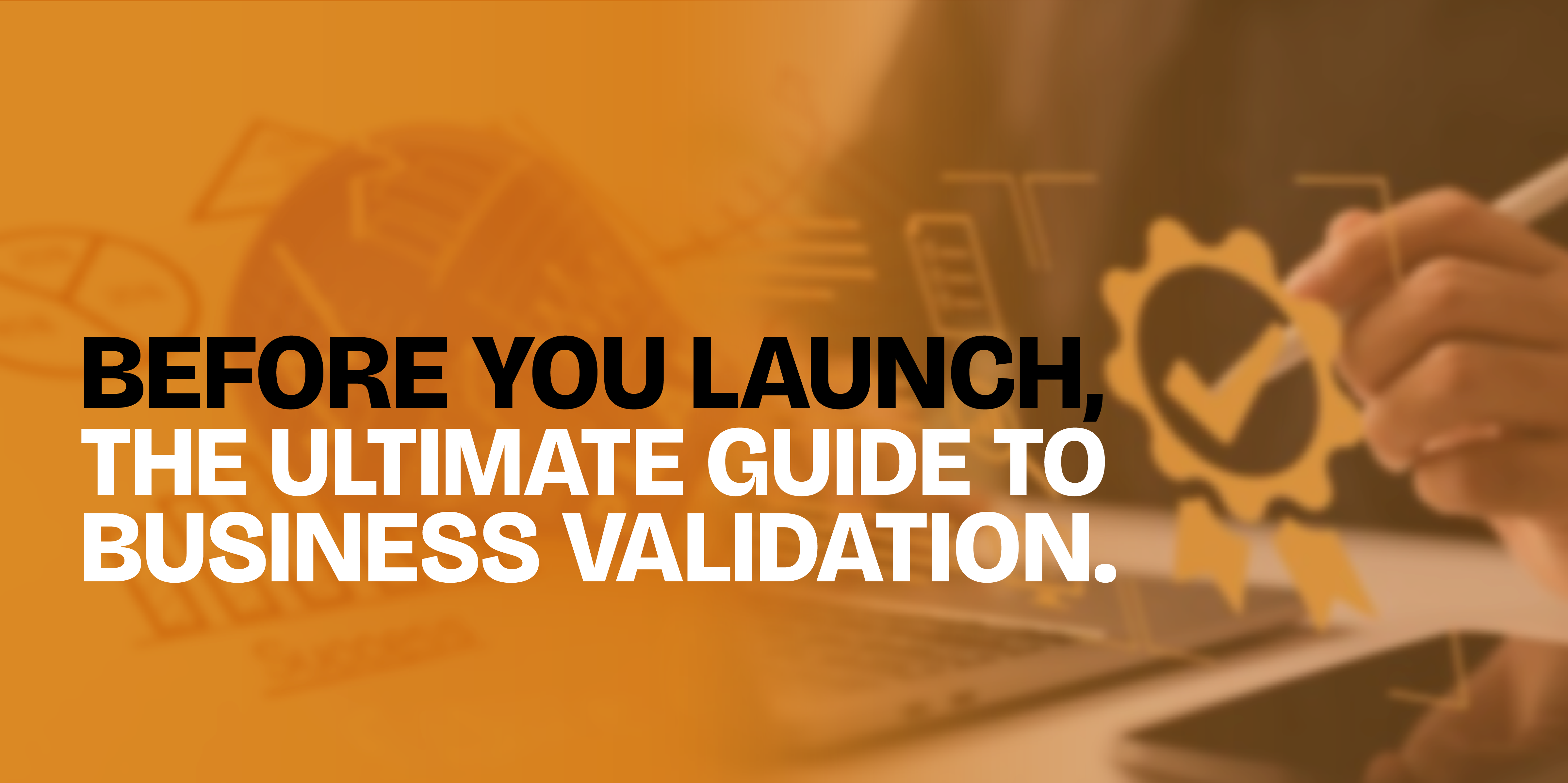STARTING a business is exciting, but how do you know if your idea is worth pursuing? Many entrepreneurs waste time and money on ideas that fail because they never tested them first. Validating your business idea ensures that you’re solving a real problem, targeting the right audience, and entering a profitable market. A great idea does not guarantee business success—what matters is whether people need it and are willing to pay for it.
The first step in business validation is identifying the problem your business solves. Every successful business addresses a specific pain point. If people do not see your product or service as a solution, they will not pay for it. Conduct market research to determine how urgent and widespread the problem is. Explore online forums, social media discussions, and industry reports to understand how potential customers describe their challenges. Understanding how customers talk about their needs helps refine your messaging and positioning.
A great way to validate demand is by using Google Trends or keyword research tools to check search interest. If people are actively searching for solutions related to your idea, that’s a positive indicator of demand. On the other hand, if search volume is low, you may need to refine your idea or explore alternative approaches. Additionally, studying case studies or businesses that have successfully solved similar problems provides insights into what works.
Beyond market trends, another essential aspect of validation is testing customer pain points. Talk to people in your target market and ask how they currently solve the problem your business aims to fix. Are they satisfied with existing solutions? Would they be willing to switch to a new product if it better meets their needs? The goal is to validate before investing significant resources, ensuring your business idea has a real chance of success.
It’s important to assess whether the problem is a major need or a minor inconvenience. If the issue is only mildly frustrating, customers might not be willing to spend money to solve it. However, if it affects their daily lives, businesses, or finances in a significant way, they are more likely to seek a better solution. Testing these insights early ensures that your business idea is both relevant and in demand.
Researching the Market and Competitors:
Understanding the market size and competition is crucial in determining the viability of a business idea. Some markets are too small to be profitable, while others are too competitive to enter without strong differentiation. Entrepreneurs must assess whether they can capture a reasonable share of the market to sustain and grow their business. Researching market trends and potential customer behaviors can help you determine whether your business has a strong chance of long-term survival.
Analyzing competitors provides key insights into what is already working and where opportunities exist. Instead of starting from scratch, study your competitors by analyzing their products, services, and customer feedback. Focus on two-star, three-star, and four-star reviews—these often contain constructive feedback that highlights what customers like and dislike about competitors’ products or services. Use this information to improve your own offering and craft a better value proposition. Looking at competitors’ pricing models and customer engagement strategies can also help you refine your business approach.
Market validation also involves identifying your ideal customer profile. Define your target audience based on demographics, behaviors, and pain points. Knowing your audience allows you to tailor your messaging, pricing, and branding to better serve their needs. Conduct surveys or interviews with potential customers to gather direct insights on their preferences. Additionally, join industry groups, attend networking events, and participate in discussions where potential customers share their challenges.
By gathering real-world data and analyzing customer needs, you can refine your business model and build a stronger foundation. The key to a successful business is understanding market gaps and unmet customer needs.
Testing and Measuring Customer Interest:
After gathering market research, the next step is to test the idea with potential customers. One effective way to measure interest is by engaging directly with your audience. Visit shopping centers, coworking spaces, or industry events to ask people about their experiences and see if your idea resonates with them. The more feedback you receive, the clearer it becomes whether your product or service has genuine appeal.
For those who prefer digital methods, social media polls, Reddit discussions, and Quora threads provide easy ways to gauge market interest. Joining Facebook groups or LinkedIn discussions where your target audience gathers can offer insights into their frustrations and desires. Additionally, platforms like Kickstarter or Indiegogo allow businesses to secure funding and validate demand before fully launching. If people are willing to pay upfront for your idea, it’s a strong indication that it has market potential.
Another powerful validation tool is running a pre-launch test. Create a simple landing page describing your product or service, and run small-scale advertising campaigns using Facebook or Google Ads. Track how many people click on your call-to-action buttons or sign up for updates. A high level of engagement indicates strong potential interest, while low interaction signals the need for further adjustments. Testing different pricing structures and messaging can also help refine your business model before investing significant capital. The key to business validation is gathering real-world evidence before fully committing.
Making Data-Driven Decisions and Taking Action:
With validated insights in hand, it’s time to decide whether to move forward, refine the idea, or pivot to a new opportunity. Data-driven decision-making is essential in minimizing risks and maximizing business success. Review website analytics, social media engagement, and customer feedback to assess the strengths and weaknesses of your concept. If multiple sources indicate strong demand and positive customer reactions, it may be time to move forward confidently.
If feedback is positive, start building a minimum viable product (MVP) and continue testing with early adopters. This allows you to refine your product while keeping costs low. If responses are mixed, adjust your product features, branding, or pricing to align more closely with customer expectations. If validation efforts indicate weak demand, consider pivoting to a different idea that better aligns with customer needs. Many successful businesses today, including Instagram and Slack, started as different products before pivoting based on market feedback.
Entrepreneurs who validate their ideas before fully launching save time, resources, and frustration. The key takeaway is that successful businesses are not built on assumptions but on real customer insights. Every step in the validation process reduces uncertainty and increases the chances of success. By testing, iterating, and listening to real-world data, you can launch with confidence and build a sustainable business that meets real customer needs.




